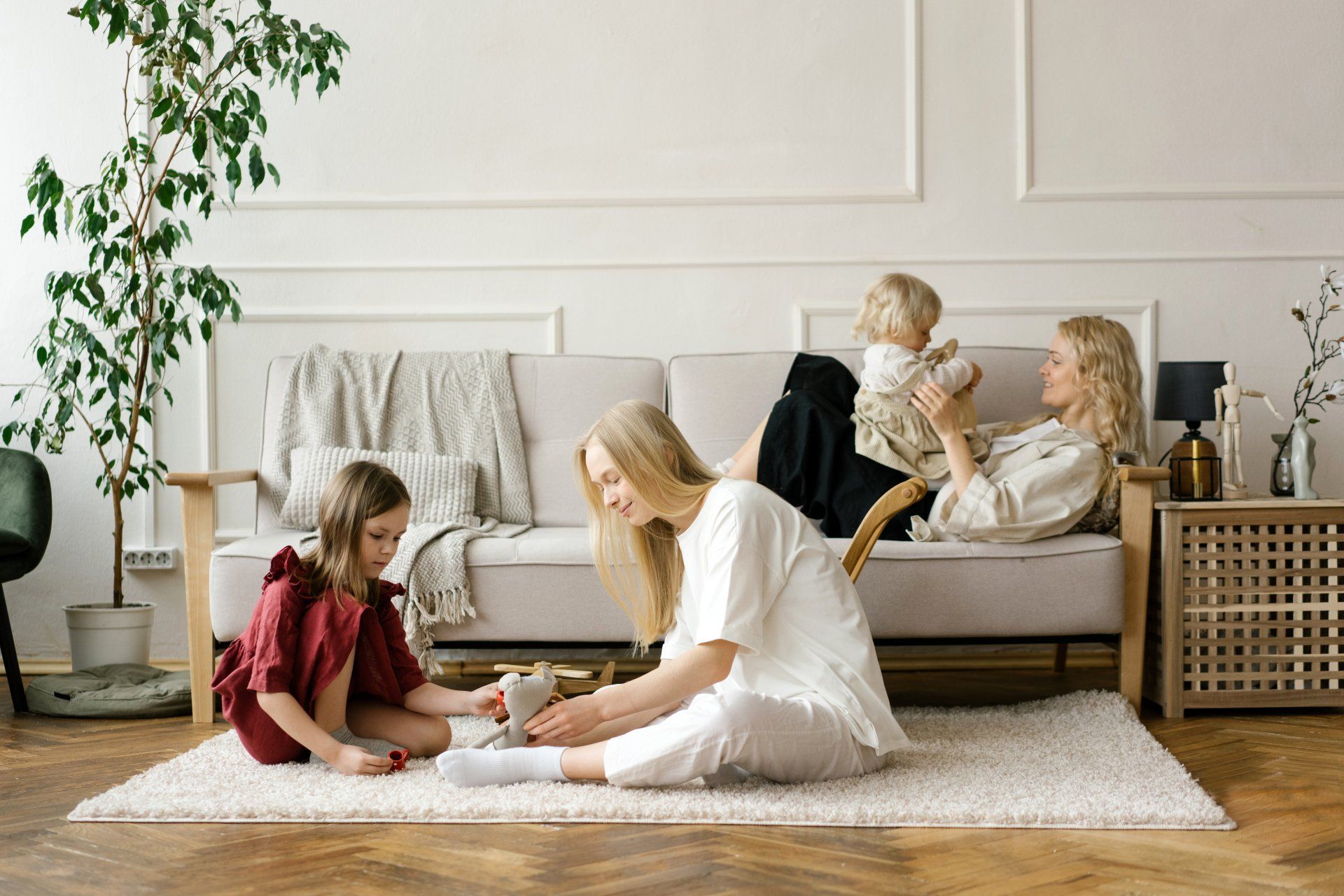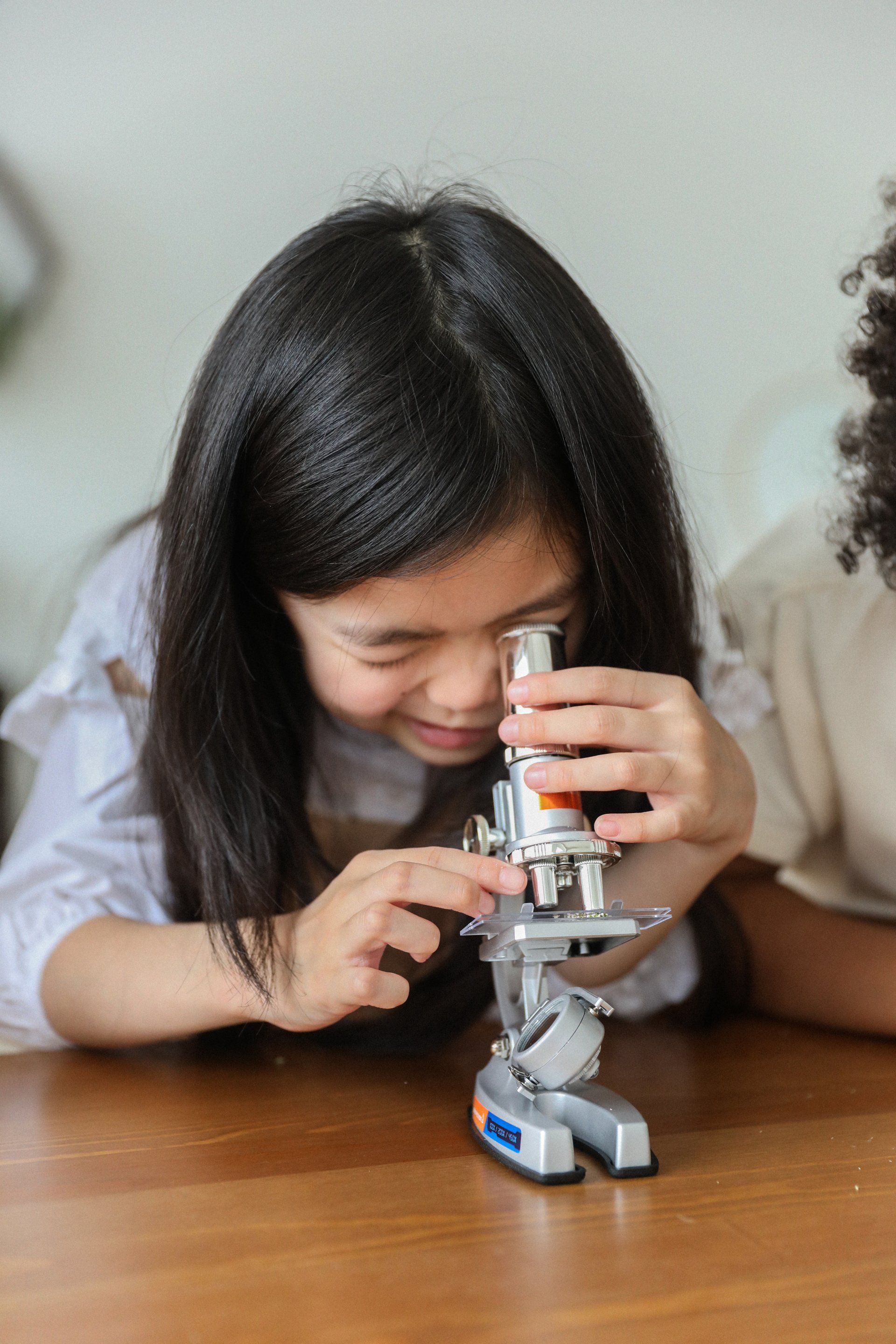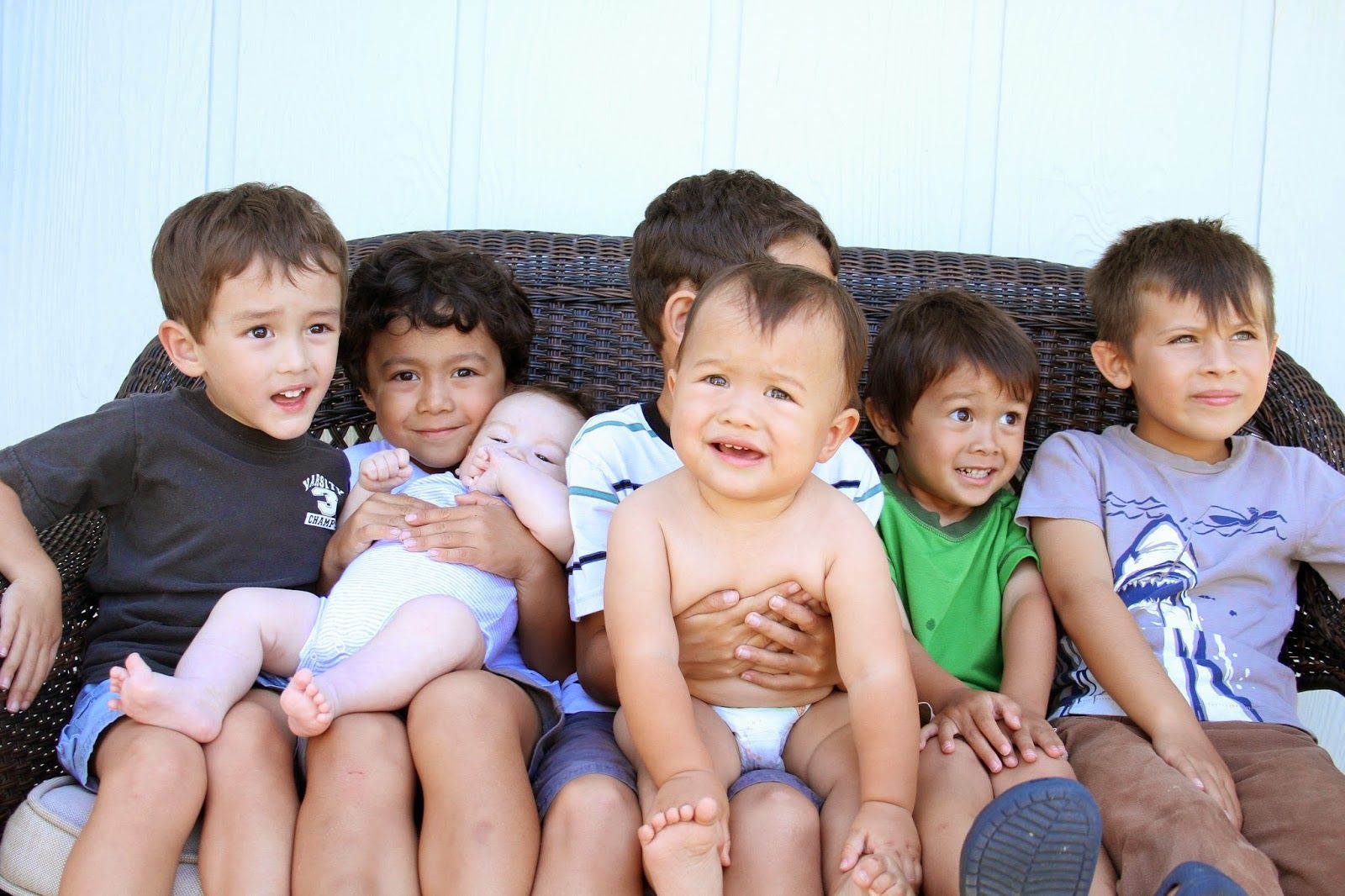Bad behavior can be thought of as communication. The ABC of behavior management can help you find out what a child is trying to say (e.g. express tiredness or frustration from a task being too hard), as well as what the child gets out of the behavior. Follow these easy steps to make a change

What is the ABC approach?
ABC stands for antecedent (A), behaviour (B) and consequence (C). It is an observation tool that teachers can use to analyse what happened before, during and after a behaviour1.
All behaviour can be thought of as communication. The ABC approach can help you find out what a child is trying to say (e.g. express tiredness or frustration from a task being too hard), as well as what the child gets out of the behaviour (e.g. someone’s attention or an object they want).
Antecedents are all the things that happen leading up to a behaviour. They could be things like tiredness or hunger, which may increase the likelihood of a particular behaviour. It could also be triggers, like being given a difficult task or being asked to do something the child doesn’t want to do, that cause the behaviour.
Why use the ABC approach in a classroom?
The ABC approach can be useful in some classroom situations. It can help understand what leads to a behaviour, and whether a particular response may be increasing or decreasing the likelihood of it happening again. Using evidence-based strategies (like those found on AllPlay Learn) to guide behaviour through addressing the antecedents and consequences can be a helpful approach to reduce challenging behaviour.
Example 1
What happened before the behaviour?
A class has been given some free time to play learning games on iPads. The teacher asks the class to pack up the iPad™ and sit back on the mat.
One student, Sara, becomes agitated, refuses to return the iPad™ and keeps playing with it. This happens regularly and can last between 10-30 minutes. The behaviour is not severe, but disrupts the class and Sara’s learning.
How did people react to the behaviour? What did the child get out of engaging in the behaviour?
By refusing to follow instructions from the teacher, Sara is able to continue to do what she wants, which is play with the iPad™. She is communicating a want.
What strategies can be trialled?
- Use a visual schedule. Clearly communicate how long each activity is and what’s coming next so children can be prepared for the change.
- Set clear rules. Few rules that are short and simple work well. Sara might benefit from visual reminders of the rules to help her know when it is time to pack up. This addresses the consequence stage, as it may help Sara respond more appropriately.
- Match teaching to interests and abilities. Engage students by considering what they like and can do. Think about using an iPad™ or computer in some lessons so Sara can learn with the iPad™, not just have free time. This addresses the consequence stage and might help Sara respond more positively when being asked to put away the iPad.
- Sit students with positive role models. Sit students with other students who model positive behaviours. For example, get Sara use the iPad™ with a friend who is likely to pack up when asked.
Example 2
What happened before the behaviour?
It’s lunchtime and some Grade 6 students are playing a game of soccer on the oval. Jack touches the ball with his hand (which is against the rules). Another boy, Steve, sees him and says Jack needs to give the ball to the other team for a free kick. Jack doesn’t want to give the ball away and the two have an argument.
Jack gets angry, because Steve continues to tell him to hand over the ball. Jack punches Steve in the stomach and takes the ball away. Jack has been known to get angry with others and has pushed other children over before. This behaviour is severe because Jack has physically hurt another student.
How did people react to the behaviour? What did the child get out of engaging in the behaviour?
The consequence of Jacks’s behaviour is that he was able to keep the ball for himself. His behaviour was his way of communicating that he wanted to keep the ball and that he wanted his team to win.
What strategies can be trialled?
- Set clear rules. Set rules for games at lunch time if needed. This could involve having a teacher supervise or be the referee with clear rules of behaviour and consequences communicated up front. For example, if anyone argues with the referee or if there is fighting, the game ends. This targets the antecedent, and might reduce the chance of this happening again.
- Teach social skills. Teaching Jack social skills might help him communicate more appropriately with others through verbal communication rather than physical fighting. Role playing scenarios privately could be a good teaching approach. This targets the consequence, as it may help him communicate his desire to have the ball in a more socially oriented way.
- Teach children about feelings. Make some time to teach Jack about emotions, particularly anger, perhaps by using emotion card games. A feelings thermometer might help in the classroom. Encourage Jack to recognise feelings and learn strategies to calm down. This targets the consequence, as it may help him respond to a similar situation more appropriately.
I










